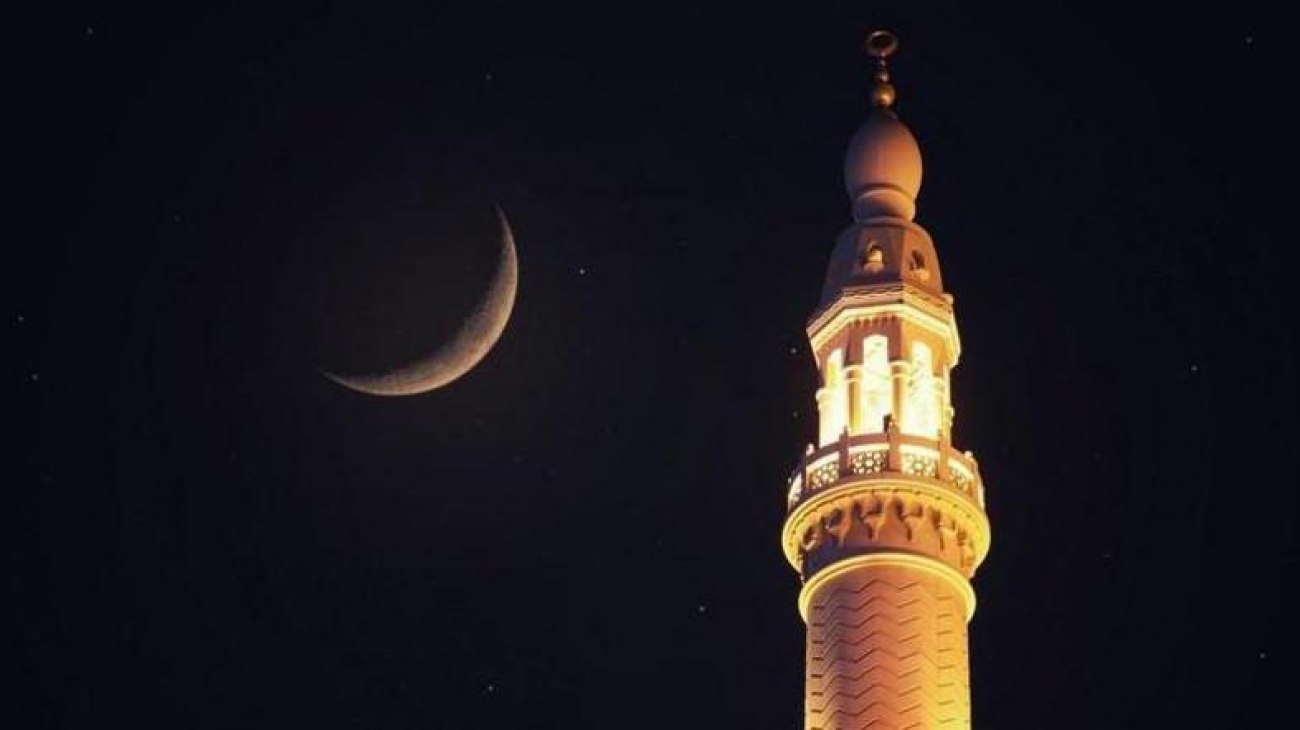Basic Astronomical Information about the observations of the crescent of Ramadhan 1441 AH:
|
|
Thursday Apr. 23, 2020 |
Friday Apr. 24, 2020 |
|
Sun/Moon data |
Sun/Moon Data |
|
|
New Moon |
06:25 |
-- |
|
Sunset (Azimuth) |
18:45 (2850) |
18:45 (2850) |
|
Moonset (Azimuth) |
19:04 (2820) |
19:57 (2870) |
|
Moon’s Altitude |
3.50 |
14.60 |
|
Moon’s Illumination (%) |
0.36+ |
2.2+ |
|
Lag Time (Minutes) |
20 |
72 |
|
Age (Hrs, Min) |
12 h 20 |
36 h 20 |
To have a quick, handy Hijra calendar, the Sharjah Academy for Astronomy, Space Sciences, and Technology has adopted the following simple two criteria. The Moon’s age and the moonset lag time have been chosen as the main criteria to set the first day of the Islamic months. If the Moon’s age is below 12 hours, and the lag time is less than 25 minutes, the first day of the Islamic month is set two days after the New Moon date. Otherwise, it will be the next day after New Moon.
For Ramadhan 1441 AH and as the above table indicates, New Moon will be on Thursday, Apr. 23, 2020 at 06:25 am (UAE Time). By the time of sunset, the crescent will be as old as 12 hours and 20 minutes, will set 20 minutes after sunset and will be just 3.5 degrees above the western horizon. An extremely difficult setting for the crescent to be observed with the naked eye. A telescope with a clear horizon and good weather conditions may be able to spot this very thin crescent. In such a case, the first day of Ramadhan will be on Friday, Apr. 24. Otherwise, it will be on Saturday, Apr. 25, 2020. In all conditions, the decision of the concerned governmental ministry will be followed.



